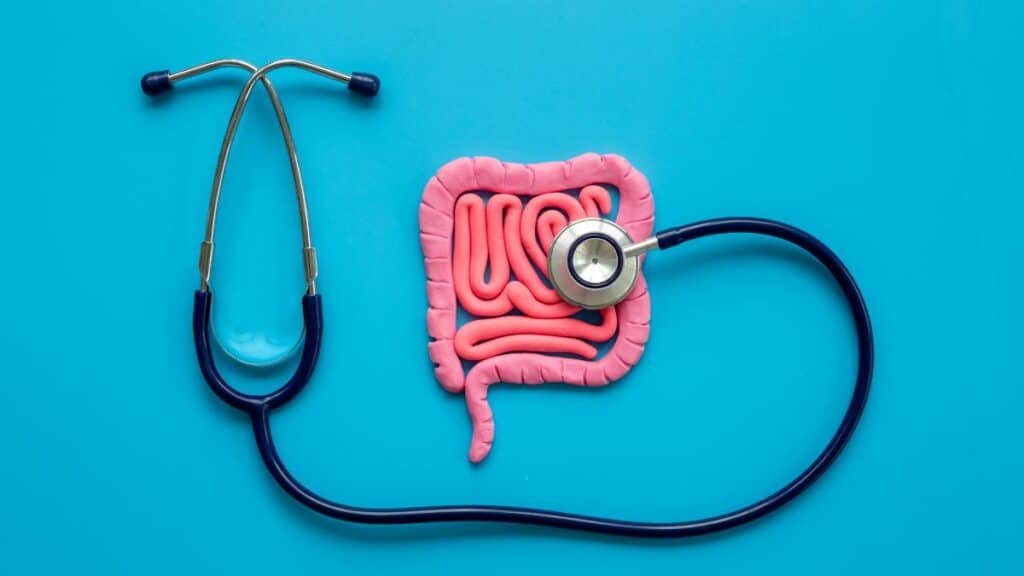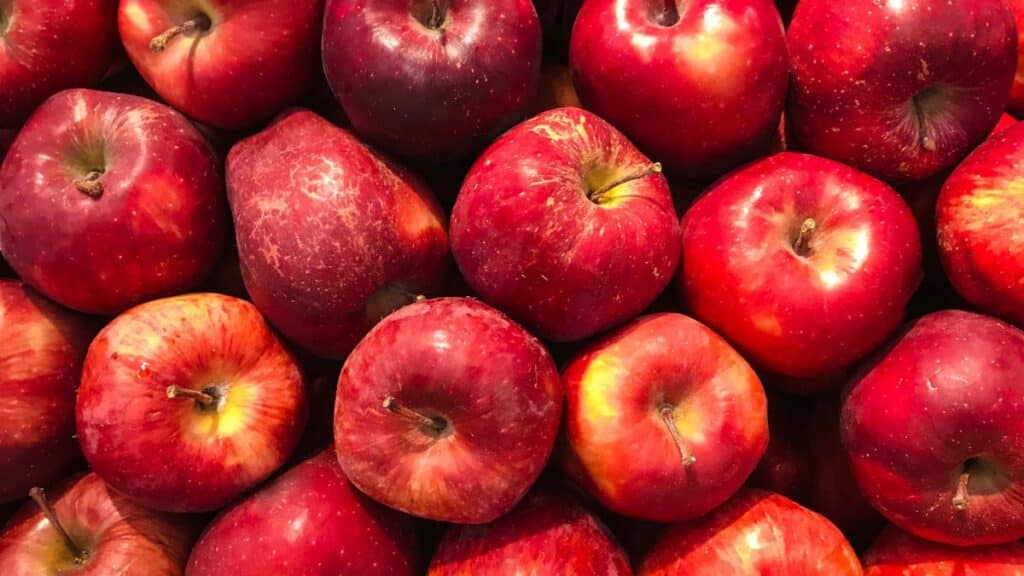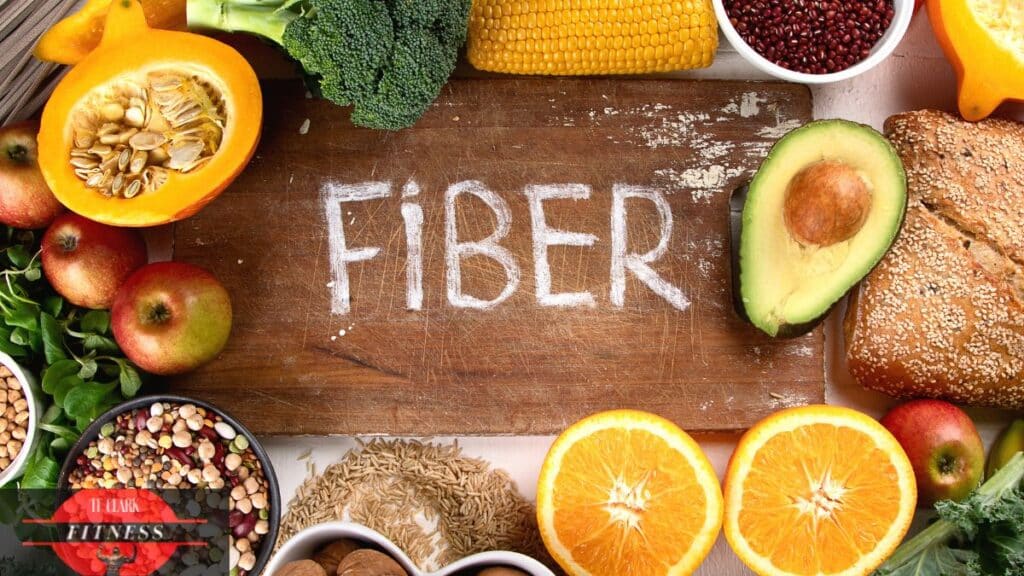In health and fitness, dietary fiber often takes a backseat to more glamorous nutrients like protein and carbohydrates. However, this humble nutrient is vital to improving overall health, boosting energy levels, and enhancing physical performance. This article delves into the multifaceted benefits of fiber, offering practical advice on incorporating it into your diet for optimal health and fitness outcomes.
Understanding Dietary Fiber
Dietary fiber refers to plant-based carbohydrates that, unlike other carbs, cannot be digested by the human body. Found in fruits, vegetables, whole grains, and legumes, fiber is classified into two types: soluble and insoluble. Soluble fiber dissolves in water to form a gel-like substance, aiding digestion and nutrient absorption. Insoluble fiber, on the other hand, adds bulk to the stool and facilitates bowel movements.

The Multidimensional Benefits of Fiber
1. Enhanced Digestive Health
Fiber is the cornerstone of digestive health. Regulating bowel movements helps prevent constipation and maintain a healthy gut. A fiber-rich diet supports a balanced microbiome, reducing the risk of inflammatory bowel diseases and colorectal cancer.
2. Weight Management
Fiber’s ability to promote satiety is invaluable for weight management. High-fiber foods require more chewing time, slowing the eating process and helping you feel full longer. This natural appetite suppressant can significantly aid in weight loss and maintenance efforts.
3. Blood Sugar Control
For those managing diabetes or looking to stabilize their energy levels, fiber offers a solution. Soluble fiber, in particular, slows the absorption of sugar, helping to control blood sugar spikes and sustain energy levels throughout the day.
4. Heart Health
A fiber-rich diet can lower the risk of heart disease by reducing blood pressure and cholesterol levels. Soluble fiber binds with cholesterol particles and helps remove them from the body, protecting against plaque buildup in the arteries.
Enhanced Physical Performance
For athletes and fitness enthusiasts, fiber is crucial in sustaining energy and optimizing performance. By stabilizing blood sugar levels, fiber ensures a steady energy supply during prolonged physical activity. Additionally, a healthy gut facilitated by a high-fiber diet improves nutrient absorption, further fueling the body for peak performance.

Incorporating Fiber into Your Diet
1. Start with Whole Foods
Opt for whole fruits, vegetables, whole grains, and legumes over processed foods. These natural sources are fiber-rich and packed with essential vitamins and minerals.
2. Gradually Increase Intake
To avoid digestive discomfort, gradually increase your fiber intake. Add one serving of high-fiber food to your diet daily, and ensure you drink plenty of water to aid digestion.
3. Diversify Your Sources
To reap the full benefits of soluble and insoluble fiber, include a variety of fiber-rich foods in your diet. For example, oats and apples are excellent sources of soluble fiber, while whole wheat and vegetables provide insoluble fiber.
4. Consider Fiber Supplements
If meeting your fiber needs through diet alone is challenging, fiber supplements can be a practical addition. However, prioritize whole foods as your primary fiber source for the added nutritional benefits.
Soluble VS. Insoluble Fiber
Dietary fiber, an essential component of a healthy diet, comes in two primary forms: soluble and insoluble. Each type plays a unique role in our health, offering distinct benefits to the body’s overall well-being. Soluble fiber, known for its ability to dissolve in water and form a gel-like substance, helps regulate blood sugar levels and reduce cholesterol, making it a key player in heart health and diabetes management.
On the other hand, insoluble fiber, which does not dissolve in water, adds bulk to the stool and aids in promoting regular bowel movements, preventing constipation, and reducing the risk of digestive disorders. Understanding the differences between soluble and insoluble fiber is crucial for tailoring a diet that supports digestive health and controls weight. It prevents chronic diseases, showcasing the intricate balance of nutrition’s role in our health.

Soluble Fiber: Characteristics and Sources
Soluble fiber is a dietary fiber that dissolves in water to form a gel-like substance in the gut. This characteristic distinguishes it from insoluble fiber, which does not dissolve in water but adds bulk to the stool and helps food pass quickly through the stomach and intestines. Both fiber types are crucial for a healthy diet but serve different bodily functions and offer unique health benefits.
Soluble fiber is found in various foods, including oats, peas, beans, apples, citrus fruits, carrots, barley, and psyllium. When consumed, it dissolves in water to form a dense, gel-like material, slowing down digestion. This slowing effect has several beneficial impacts on health, particularly on the digestive system and cardiovascular health.
Health Benefits of Soluble Fiber
1. Improved Digestive Health
Soluble fiber helps to regulate bowel movements by absorbing water and increasing stool bulk. This can alleviate symptoms of constipation and promote a healthy digestive tract. Additionally, by forming a gel that slows digestion, soluble fiber can help manage diarrhea by solidifying stools.
2. Blood Sugar Regulation
One of the critical benefits of soluble fiber is its ability to moderate blood glucose levels. By slowing the absorption of sugar, soluble fiber helps prevent spikes in blood glucose and insulin levels after meals, making it particularly beneficial for individuals with diabetes or those at risk of developing the condition.
3. Heart Health
Soluble fiber positively affects heart health by lowering blood cholesterol levels. It binds with cholesterol particles in the digestive system and helps remove them from the body. This process can reduce LDL (low-density lipoprotein) cholesterol levels, known as “bad” cholesterol, thereby lowering the risk of heart disease.
4. Weight Management
The gel-like substance formed by soluble fiber in the digestive tract can help increase feelings of fullness, which may lead to reduced calorie intake and aid in weight management. This effect can particularly benefit those looking to lose or maintain a healthy weight.
Organs Benefited by Soluble Fiber
1. Digestive System
The digestive system benefits significantly from soluble fiber. The gel formed by soluble fiber in the gut can ease the passage of food through the digestive tract, supporting overall digestive health and preventing conditions such as constipation and irritable bowel syndrome (IBS).
2. Pancreas
Soluble fiber helps regulate blood sugar levels, reducing the demand on the pancreas to produce insulin. This can be particularly beneficial for individuals with diabetes, as it helps manage the condition and lowers the risk of pancreatic fatigue.
3. Heart
The cardiovascular system reaps substantial benefits from the consumption of soluble fiber. By lowering LDL cholesterol and potentially reducing blood pressure, soluble fiber reduces the risk of heart disease and stroke, making it an essential nutrient for heart health.
Soluble fiber is crucial in maintaining and improving health, particularly in the digestive system, pancreas, and heart. Incorporating various soluble fiber sources into your diet can help you enjoy these health benefits and contribute to overall well-being.

In Soluble Fiber: Characteristics and Sources
Insoluble fiber is a dietary fiber that does not dissolve in water. It is distinct from soluble fiber, which does dissolve in water to form a gel-like substance. Insoluble fiber remains intact as it moves through the digestive system, adding bulk to the stool and facilitating the passage of food and waste through the gut. This type of fiber is found in whole grains, wheat bran, nuts, seeds, and vegetables like cauliflower, green beans, and potatoes.
Health Benefits of Insoluble Fiber
1. Improved Digestive Health
The primary benefit of insoluble fiber is its ability to prevent constipation by increasing stool bulk and promoting regular bowel movements. This can lead to a decrease in the likelihood of developing hemorrhoids and small pouches in your colon (diverticular disease).
2. Reduced Risk of Digestive Tract Cancers
Some studies suggest that a diet high in insoluble fiber may reduce the risk of developing colorectal cancer, although the evidence is inconclusive. By speeding up the passage of food through the gastrointestinal tract, insoluble fiber may help limit the amount of time that potential carcinogens are in contact with intestinal cells.
4. Weight Management
Like soluble fiber, insoluble fiber can also help with weight management. Foods high in insoluble fiber tend to be less energy-dense, which means they have fewer calories for the same volume of food. Additionally, these foods require more chewing, slowing the eating process and potentially reducing overall calorie intake.
Organs Benefited by Insoluble Fiber
1. Digestive System
The digestive system benefits most directly from insoluble fiber. By adding bulk to the stool and facilitating its passage through the gut, insoluble fiber helps to maintain a healthy, regular bowel movement pattern and prevents constipation. This can also reduce the strain during bowel movements, protecting against digestive tract disorders.
2. Colon
The colon, or large intestine, is particularly impacted by insoluble fiber. The increased stool bulk can prevent constipation and reduce the risk of colon-related diseases, such as diverticular disease and colorectal cancer. By keeping the bowel movements regular, insoluble fiber helps to keep the colon clean and healthy.
Insoluble fiber plays a crucial role in maintaining digestive health and can contribute to the prevention of digestive tract diseases. Incorporating a variety of foods rich in insoluble fiber into your diet can help ensure the health of your digestive system and may offer protection against certain conditions. While it primarily benefits the digestive system, the effects of a healthy digestive tract can have positive implications for overall health and well-being.
Conclusion
Dietary fiber is a powerful yet often overlooked health and fitness regimen component. Fiber is pivotal in achieving and maintaining optimal health by improving digestive health, aiding in weight management, stabilizing energy levels, and enhancing physical performance. Incorporate diverse fiber-rich foods into your diet to unlock these benefits and elevate your health and fitness journey.
Incorporating fiber into your diet contributes to a healthier lifestyle and supports your fitness goals. For more insights on enhancing your health and fitness regimen, visit TF Clark Fitness Magazine. Discover a wealth of resources to inspire and inform your journey towards peak physical and mental well-being.




